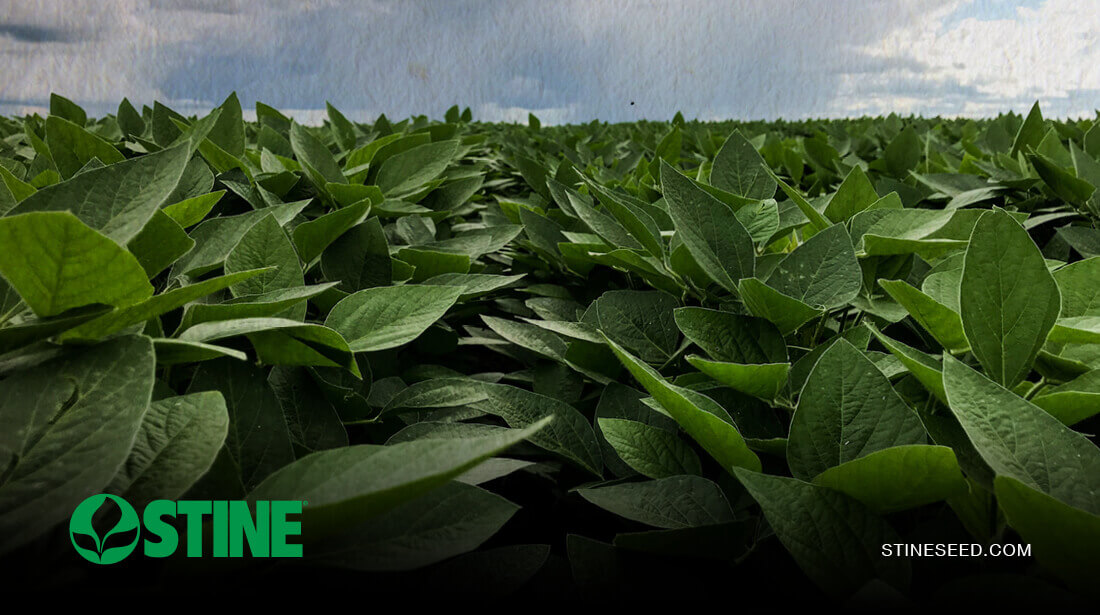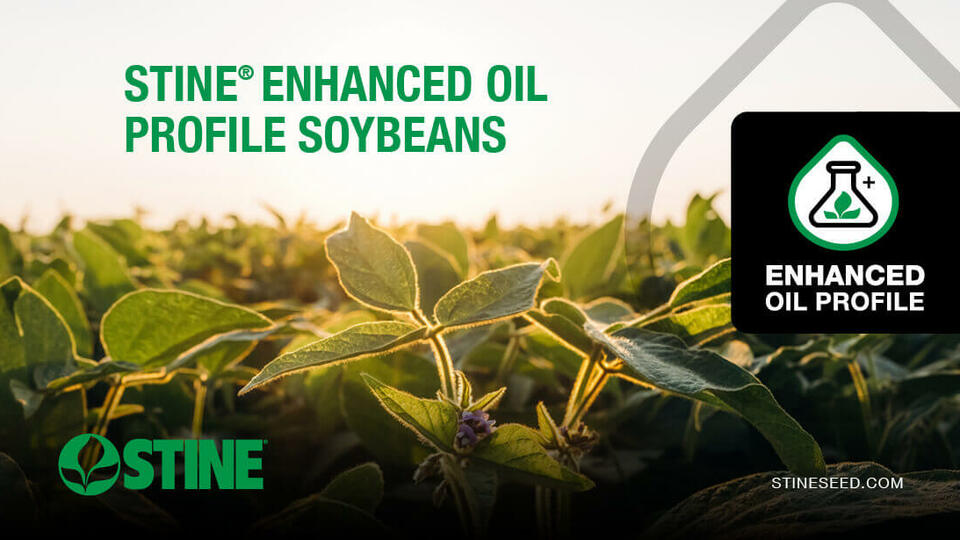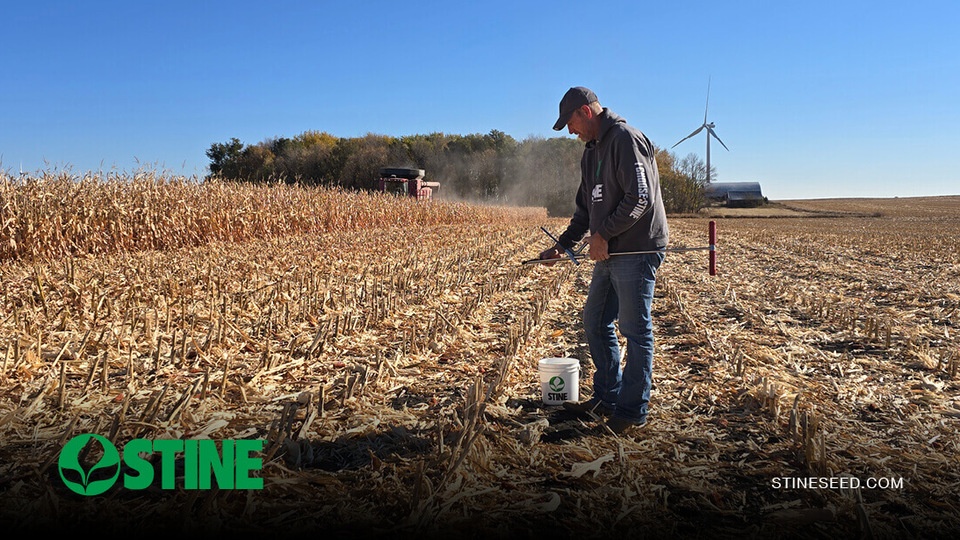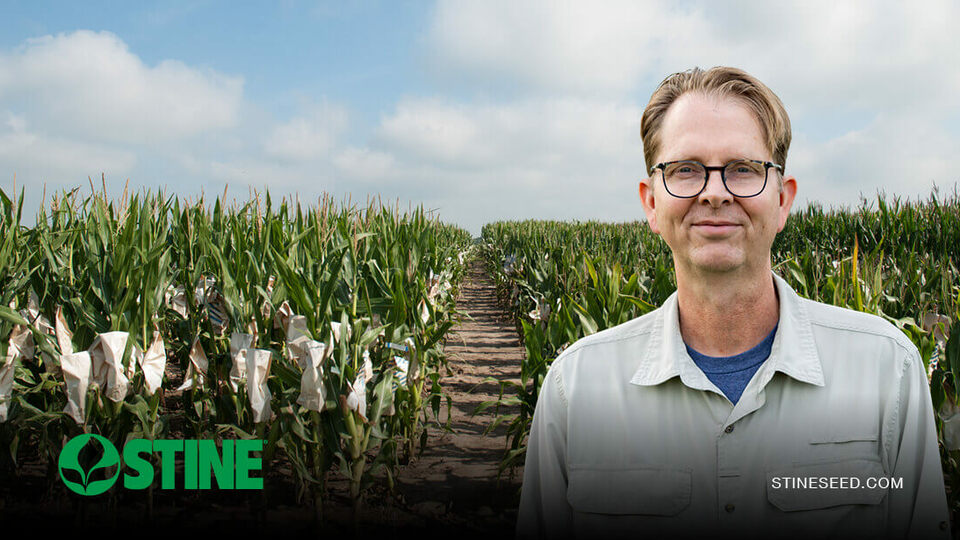At Stine® Seed Company, data drives our decision-making. Without significant data proving its performance, we won’t place a product in growers’ fields. That’s why we prioritize research that delivers real-world results we can pass on to our grower customers, so they trust the Stine products they are planting are our very best.

Our research goes beyond the lab and spans our Elite Yield Trials, Product Development Plots and farmer-led trials. We focus on multiple factors that can impact a farmer’s yield in any given year. From seed treatments and environmental factors to pests and diseases, we run various replications and treatments to simulate real-world situations. This year, we’re adding a few new replications and testing the latest equipment to explore ways to improve yield performance.
“We’re trying to peel back the onion to see what’s limiting yield and what technology can do to increase product performance. This includes examining new and upcoming seed treatments, expanding our research efforts across the country, looking at new diseases affecting farmers, and trying new research technology.”
Tyler DuBay, Stine soybean technical agronomist
- New seed treatments. In addition to our Stine XP seed treatments, we are testing two new soybean seed treatments this year: one currently on the market and another that will soon be available. Both focus on targeting soybean cyst nematodes (SCN) — a growing concern for soybean growers. Our trials will evaluate their effectiveness in managing SCN, especially in varieties without an SCN or Peking trait, including our Elite conventional lineup.
“If the treatments do their job, it opens up another tool soybean growers can use in tackling SCN,” says DuBay. “Growers can use our high-yielding Elite conventional genetics or products with fewer traits in combination with the seed treatments to keep SCN at bay and achieve top-end yields.”
- Red crown rot exploratory plot. Similar to our soybean gall midge trial last year, we’re exploring genetic tolerances to red crown rot — a newer disease in the U.S. This year, we’ve partnered with a grower in southern Illinois who has experienced red crown rot on his farm in the past few years. We are planting 50 different soybean varieties there to determine which soybeans in our lineup have naturally occurring tolerances to red crown rot since there’s not much research on the disease yet.
“We’ve heard from experts at the University of Illinois that we have soybeans that exhibit tolerance to red crown rot, so we’re looking to see how widespread this tolerance is in our germplasm,” says DuBay.
- Single-row Sclerotinia white mold trials. White mold is increasingly problematic in areas of the north such as Wisconsin, Michigan and Canada. In the past, we tested four-row plots in Michigan. Now, we’re implementing more one-row research plots and expanding into three different locations, including Wisconsin and northern Iowa. This will generate more data on how well our products perform against white mold.
“It’s really hard to test tolerance against white mold,” says DuBay. “We’re trying to put out as many soybean plots as possible to see if there are any tolerances to white mold. For example, in one research plot in Wisconsin, we’re testing 32 different soybean varieties. The more plots we put out there, the greater likelihood we’ll get to see how our products perform against white mold.”
- Tracks for research planters. This winter, we updated our entire fleet of research planters to tracks instead of tires to help reduce compaction.
“We’re trying to be more mindful of reducing compaction where we can,” says DuBay. “We look forward to seeing the results regarding stand establishment this year.”
To learn more about Stine’s research efforts and the different replications and treatments we’re applying in our plots this year, connect with your local sales rep.
Related Articles
-

Use Stine’s XP® seed treatments to prevent early injury to your crops
December 2025 in Agronomy
-

Understanding Stine’s enhanced oil profile soybeans
December 2025 in Agronomy
-

Soil sampling sets the stage for spring
November 2025 in Agronomy
-

Corn production growth paves way for more high-performing Stine® hybrids
November 2025 in Agronomy



